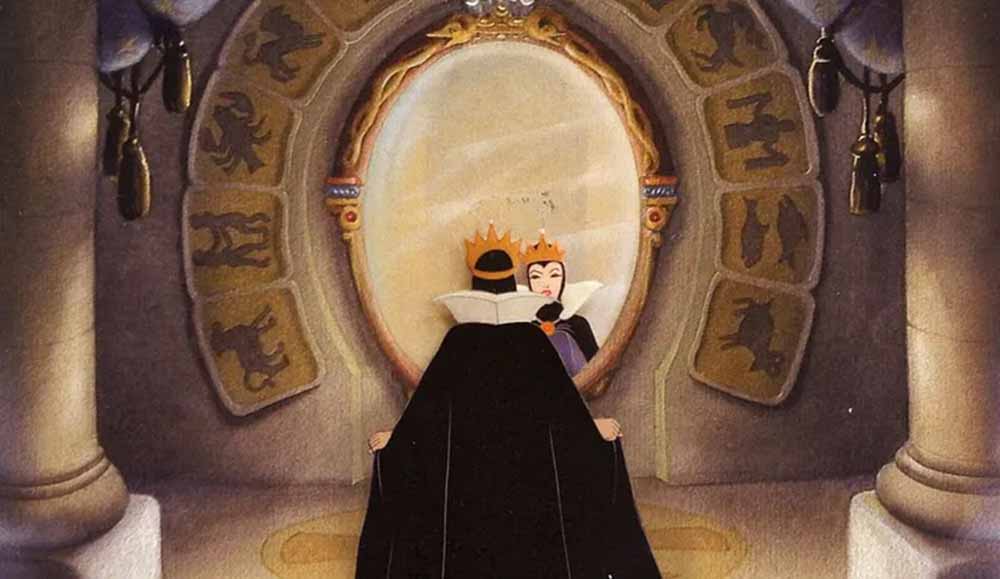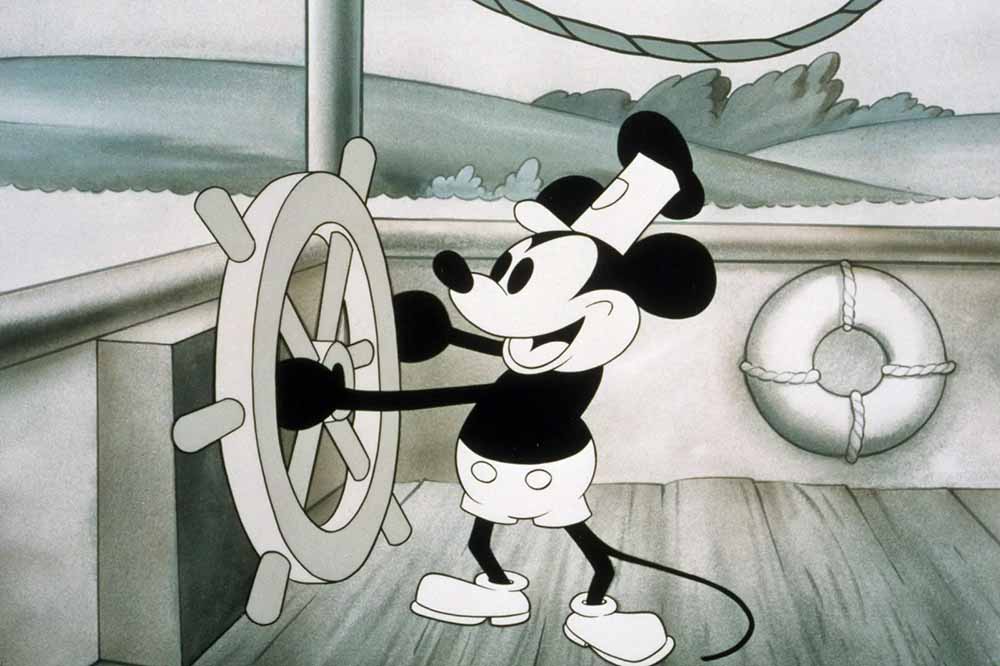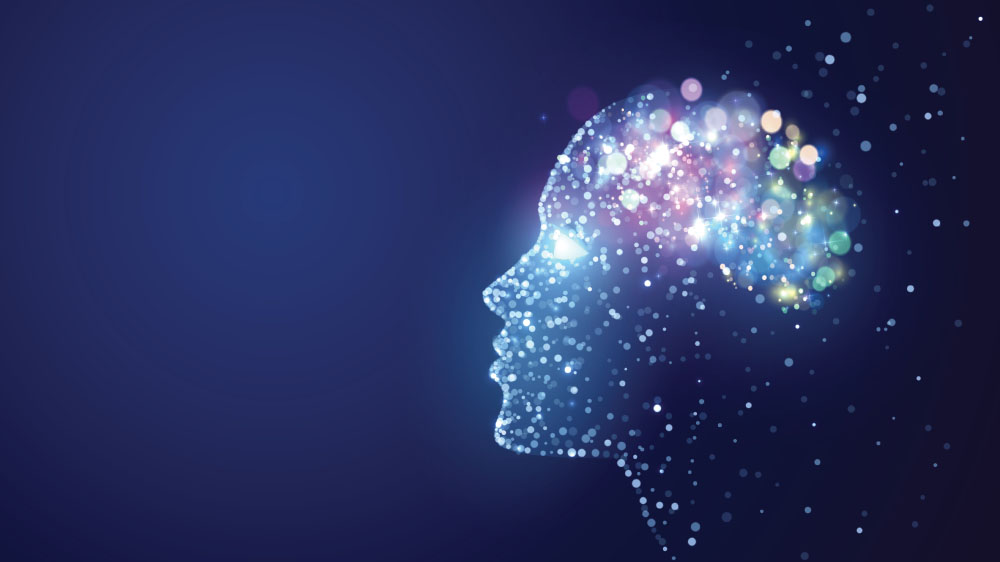The Mandela Effect is a phenomenon where a large group of people collectively misremember a fact or event, usually something significant or well-known, in the same way. It's named after Nelson Mandela, as many people believed he died while in prison in the 1980s, when in fact he was released in 1990 and passed away in 2013. The term was coined by Fiona Broome, who noticed this widespread false memory regarding Mandela's death among many people.
The discovery that so many people remembered a non-existent event in such vivid detail astonished Broome. Encouraged by her book publisher, she launched a website to explore what she termed the Mandela Effect and similar incidents. The Mandela Effect is more than just the story of Nelson Mandela; there exist other instances of collective false memory.
If you've seen ’Snow White and the Seven Dwarfs’, you likely recall the iconic line, ’Mirror, mirror on the wall, who's the fairest of them all?’ However, in reality, the line actually begins with ’Magic mirror on the wall’. This discrepancy may have been further fuelled by the 2012 live-action film ’Mirror Mirror’, starring Julia Roberts and Lily Collins, which probably added to the confusion.

Despite being one of the most recognisable cartoon characters worldwide, Mickey Mouse is often misremembered by fans. Some recall him wearing suspenders, although the original Mickey is depicted wearing shorts and is bare-chested.

The Mandela Effect doesn’t just restrict itself to pop culture and world events. Regarding the geographic location of New Zealand in relation to Australia, conventional maps depict it as southeast of the country. However, there is a subgroup of individuals who claim to remember New Zealand being positioned northeast instead of southeast.
The Mandela Effect is distinguished from conspiracy theories by its lack of an attempt to provide or uncover explanations. Other characteristics include the prevalence of false memories, the incorrect contextualisation of events, linguistic errors, and the distortion of existing memories. While the events or objects associated with the Mandela Effect may not have significant historical implications if they were true, they are impactful enough to potentially cause distress among individuals struggling to reconcile reality with their memories.
The internet has played a significant role in facilitating the spread of the Mandela Effect by enabling the rapid dissemination of information. This allows misconceptions and false memories to gain momentum. People may form social groups or communities based on shared false memories, which can lend credibility to their collective imagination.

The Mandela Effect can occur due to various factors:
1. Confabulation: This is when a person’s brain fills in gaps in memory with false information, without them realising it. It's a natural cognitive process, which can lead people to genuinely believe they remember something that never actually happened.
2. Social Influence: People are influenced by others' memories and perceptions, especially in the age of social media where ideas and information can spread rapidly. If enough people share a false memory, it can reinforce the belief in others who might not have originally held that memory.
3. False Information: Sometimes, misinformation or false information can lead to the creation of false memories. This can happen through media, pop culture, or even hearsay.
4. Suggestibility: Human memory is not always reliable and can be influenced by suggestions or leading questions. If someone suggests a particular memory to another person, that person might adopt it as their own, even if it's incorrect.
5. Selective Attention: People might focus on certain aspects of an event or information and overlook certain others, leading to misinterpretation or distortion of memory.
The Mandela Effect is a fascinating example of how memory works and how susceptible it can be to various influences. It highlights the complexities and quirks of human cognition and memory processes.